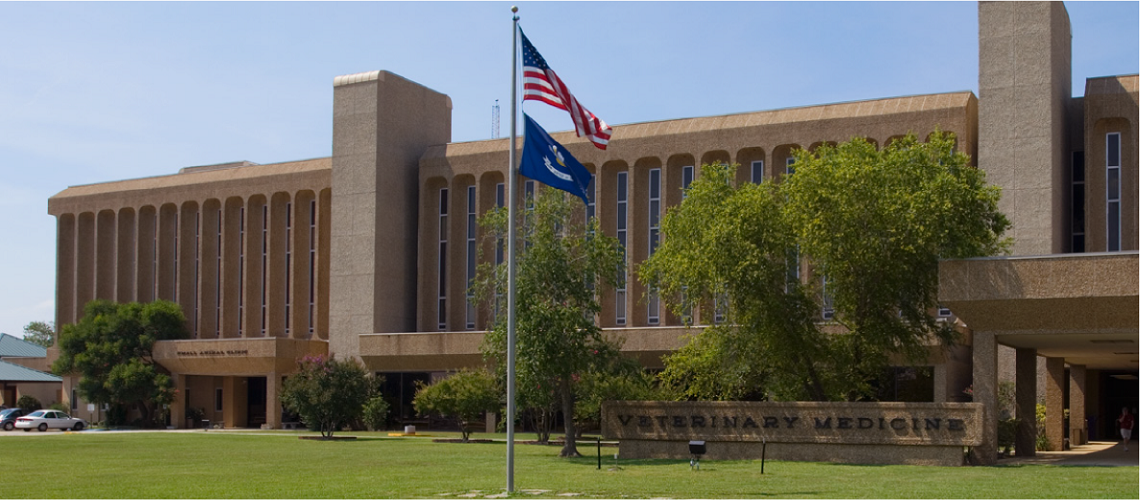LSU Vet School Groundwater Flooding Study
Project Sponsors: U.S. Geological Survey
Investigator: Frank Tsai (LSU)
Graduate Student: Shuo Yang
Award Length: 2018-2019 (USGS-104B)

Project Summary:Areas where surface water and aquifers have strong interaction are usually exposed to high subsurface pore water pressure during flood season. As the confined aquifer with high pressure close to land surface, some low-strength points where soil structures are distorted by high water pressure can provide a pathway for groundwater to flow out, which is called groundwater flooding. Located along levee of Mississippi River, School of Veterinary Medicine at Louisiana State University suffers from groundwater flooding significantly. Seepage daylighting on parking lots and floors inside the building (see photos of seepage surface expression) was reported over the years as Mississippi River approached and exceeded flood stage, even though there are five relief wells (see photos of relief wells) which are used to relieve excess hydrostatic pressures around the building. It’s important to learn if the floods were caused by low well efficiency, insufficient number of relief wells, or both. The project converted relief well #5 into a piezometer and instrumented the piezometer with a remote real-time groundwater level meter (see photo of the groundwater level meter). Groundwater level has been recorded since March 2019. The groundwater level data provides essential information to understand groundwater response to Mississippi River and surrounding relief wells. Remote real-time flow meters were installed in relief wells #1, #2, #3, and #4. Well flowrate has been recorded since March 2019 (see video). The well flowrate data is essential to determine relief well efficiency and usefulness. This study aims to provide engineering guidance that can be used to construct a cost-effective and sustainable solution to effectively reduce pore water pressure underneath the building.
